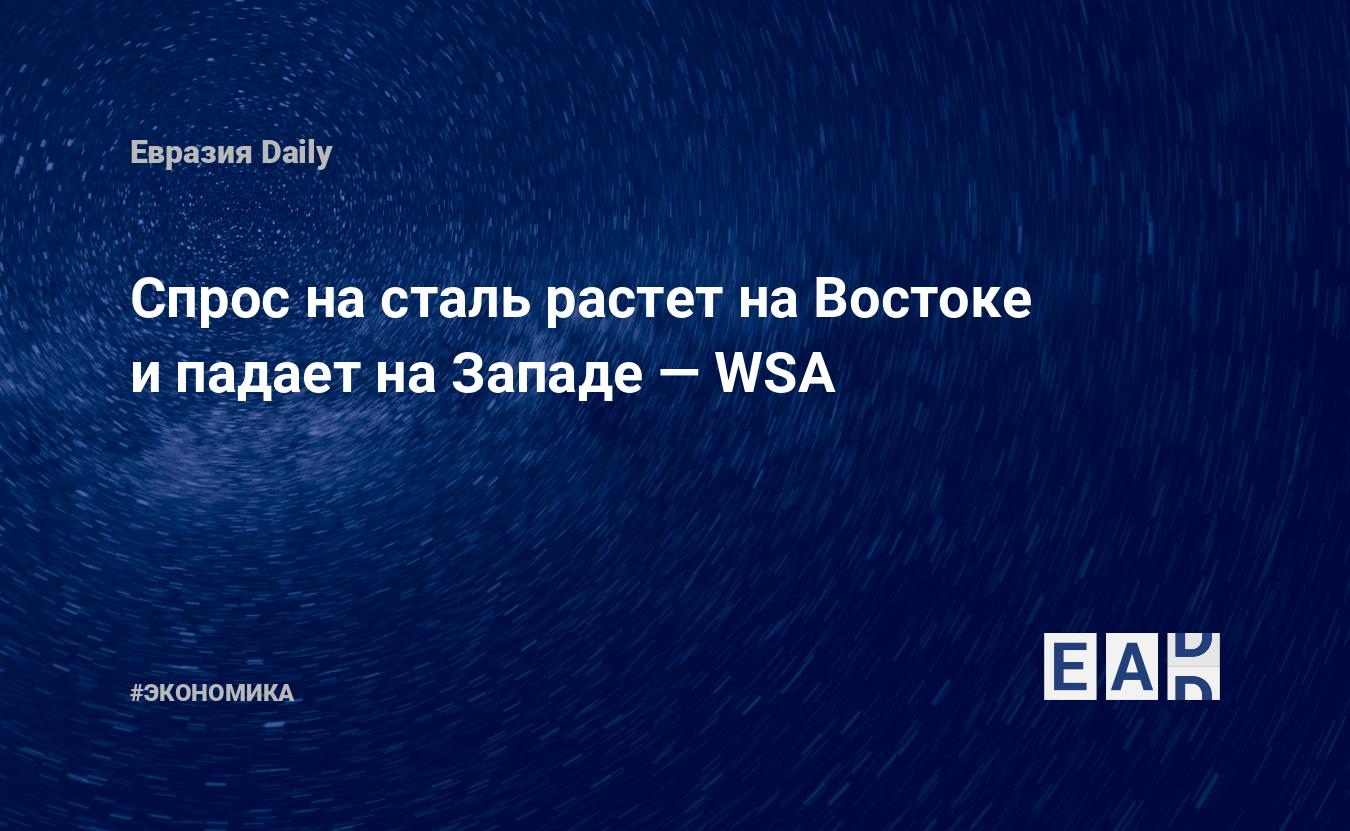Global demand for steel this year could grow by 1.8% to 1.814 billion tons from last year’s 1.782 billion tons, and next year by another 1.9% to 1.849 billion tons. This forecast is given by the World Steel Association (WSA).
Demand in China, by far the world’s largest consumer of steel, is forecast to increase 2% this year thanks to infrastructure investment and a stabilizing property market, according to a forecast published on the WSA website.
According to the WSA forecast, the outlook for next year is uncertain, but the organization believes that the most likely scenario is that demand growth stagnates at this year’s levels.
The organization did not provide absolute figures for individual countries and groups of countries.
In developed countries, after falling 6.4% last year, steel demand is expected to fall 1.8% this year but rise 2.8% next year.
Among other things, steel demand in the European Union and United Kingdom fell 7.8% last year, fell 5.1% this year and will increase 5.8% in 2024. US steel demand will fall 1.1% this year but increase 1.6% next year after falling 2.6% last year.
Steel demand in emerging markets (excluding China), after declining 0.6% last year, will increase 4.1% this year and another 4.8% next year.
India’s demand for steel remains strong, rising 9.3% last year, 8.6% this year and 7.7% next year.
Turkey’s steel demand is expected to rise strongly this year by 19.0% and will continue to rise next year due in part to increased construction activity related to the recovery from the earthquake in early February.
The organization did not provide any forecasts for Russia and Ukraine, but noted that the Russian economy, after performing better than expected last year, will shrink only slightly this year thanks to massive government stimulus measures. The Russian economy is expected to grow moderately this year, and demand for steel is also expected to grow moderately. The economic situation in Russia will worsen next year due to currency depreciation, labor shortages and supply chain disruptions. Industrial production in Russia is declining due to limited access to modern technologies and constant restrictions on the import of components.
As for Ukraine, the WSA believes that, despite the continuation of the war, production in sectors using steel has shown an improving trend since March this year. Construction activity is being stimulated by the relocation of businesses to new locations, the construction of residential buildings, the restoration of damaged infrastructure and the development of new logistics routes.
2023-10-17 15:59:00
#Demand #steel #growing #East #falling #West #WSA #EADaily
